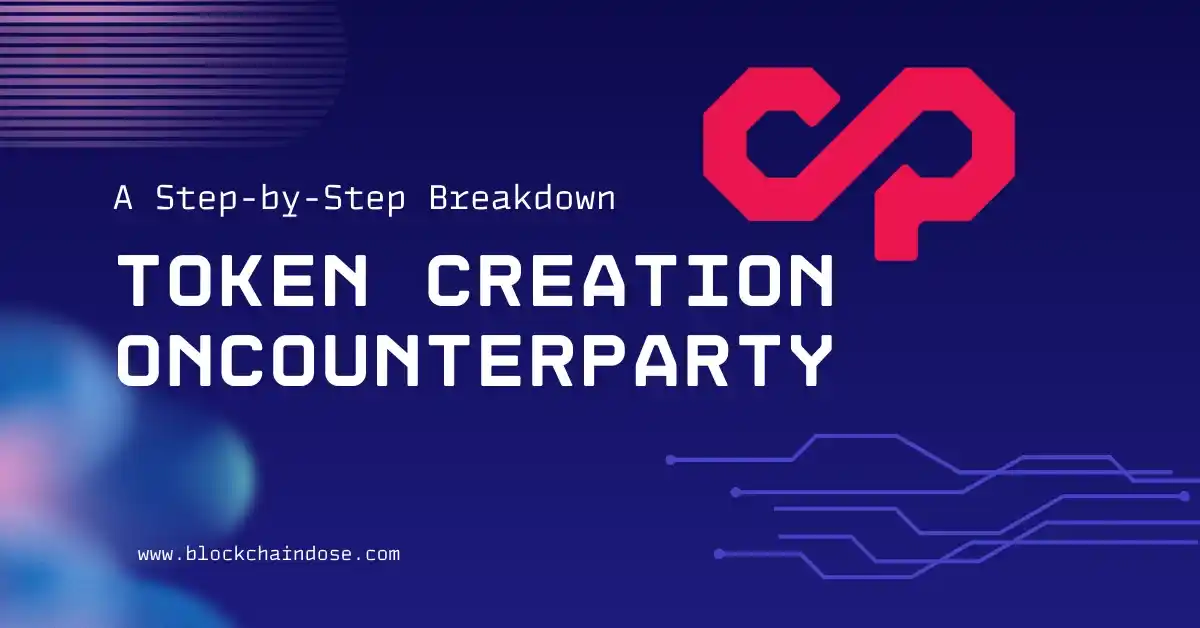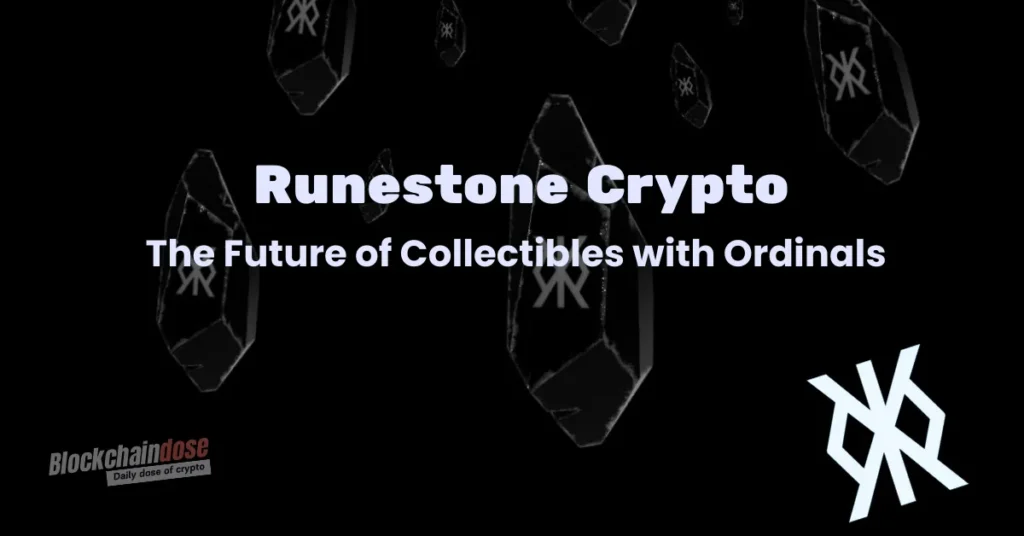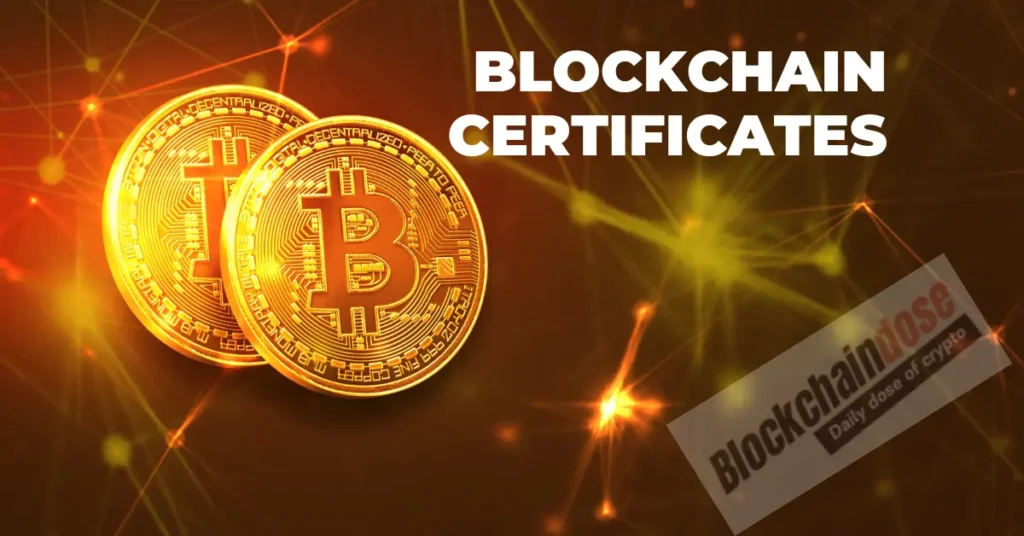Token creation on Counterparty is one of the earliest ways to create and manage digital assets directly on the Bitcoin blockchain. Let’s break down the process and why it’s historically significant.
Key Takeaways
- Counterparty allows users to create and manage tokens directly on the Bitcoin blockchain.
- There are two types of tokens: Alphabetical (named tokens) and Numeric (free tokens with an “A” prefix).
- Alphabetical tokens require a 0.5 XCP anti-spam fee, while numeric tokens only require a Bitcoin transaction fee.
- Tokens can be divisible (up to 8 decimal places) or indivisible (whole units only).
- Token creation is a simple process through the Counterwallet interface, and tokens can be traded on decentralized or centralized exchanges.
- Counterparty’s role in token creation laid the foundation for modern NFTs, but its prominence has decreased with the rise of Ethereum’s ERC-20 standard.
What is Counterparty?
Counterparty is a platform built on top of the Bitcoin blockchain. It’s unique because it allows you to create tokens without needing a separate blockchain like Ethereum. It was created in 2014 and became one of the first platforms to offer token creation on Counterparty and smart contracts on Bitcoin.
By using Counterparty, you could make digital assets or tokens that could represent anything, from in-game items to rare digital collectibles. Today, these tokens are often referred to as Non-Fungible Tokens (NFTs).
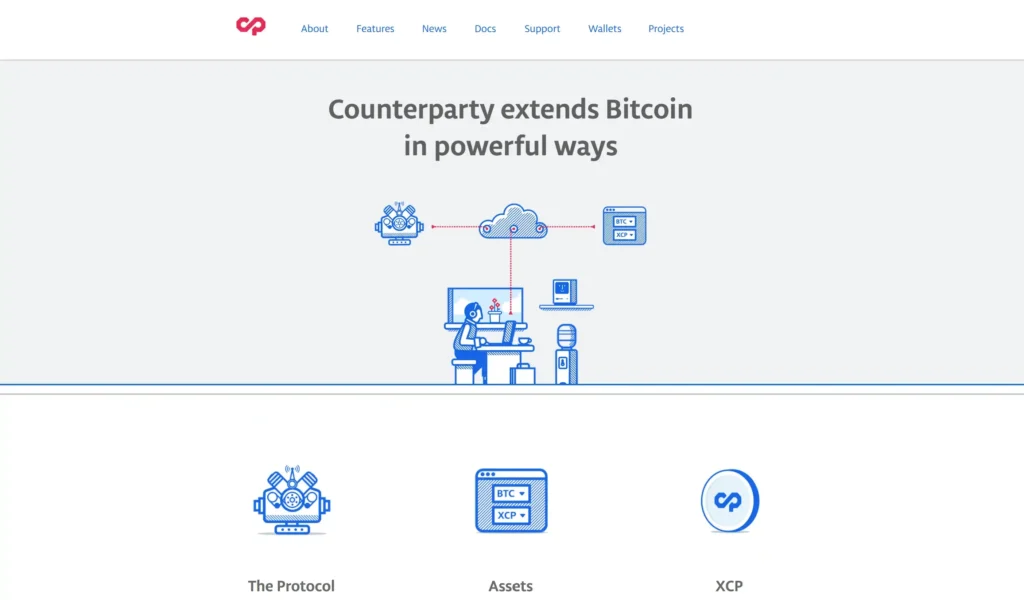
Types of Tokens on Counterparty
There are two main types of tokens you can create:
- Alphabetical Tokens: These are named tokens that consist of 4-12 uppercase letters (e.g., BACON). To create one, you need 0.5 XCP, a fee designed to prevent spamming.
- Numeric Tokens: These tokens start with an “A” and are represented by a long string of numbers (e.g., A12149713090358620000). Numeric tokens are free to create but still require a small Bitcoin transaction fee.
Both types can be used to represent any kind of asset, from simple tokens to complex digital assets, making token creation on Counterparty a versatile tool for users.
Step-by-Step: How to Create a Token on Counterparty
Creating a token on Counterparty is easy. Here’s how:
- Log In or Create a Counterwallet: First, you’ll need to set up a Counterwallet. This is where your tokens and assets will be stored.
- Ensure You Have Enough BTC: You need Bitcoin (about 0.005 BTC) to cover the transaction fee.
- XCP for Alphabetical Tokens: If you’re creating an Alphabetical token, make sure you have 0.5 XCP to cover the anti-spam fee.
- Create the Token:
- Go to your address and click “Address Actions.”
- Select “Create a Token/Asset.”
- Fill in the details, including the token name (if it’s alphabetical), description, quantity, and whether the token is divisible or indivisible.
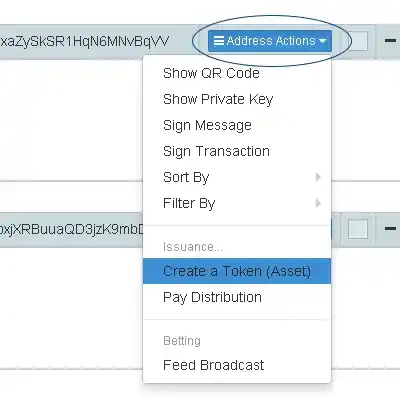
Once the transaction is confirmed by the Bitcoin network, your token will be live and tradable. Token creation on Counterparty is that simple, giving you the ability to manage assets on Bitcoin’s blockchain.
Alphabetical vs Numeric Tokens
Alphabetical tokens have custom names, making them easily recognizable, but they come with the cost of 0.5 XCP. Numeric tokens, while free, are identified by long strings starting with “A” and are more cryptic.
For most users, Alphabetical tokens are ideal if branding or recognition is important. If you just need functional tokens, Numeric tokens offer a no-cost solution (besides the transaction fee).
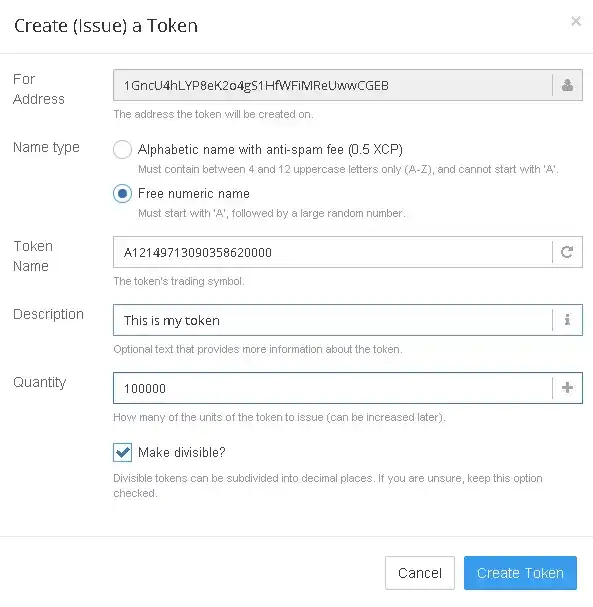
Token Features: Divisible vs Indivisible
When creating your token, you can decide whether it’s divisible or indivisible:
- Divisible Tokens: These tokens can be divided into smaller parts, down to 8 decimal places. This is ideal for tokens that may represent smaller assets or currencies.
- Indivisible Tokens: These exist only in whole units (1, 2, 3, etc.), making them perfect for assets like collectible items or shares.
This flexibility in how you structure your tokens adds to the versatility of token creation on Counterparty.
Why $XCP is Important
$XCP token, or Counterparty’s native currency, plays a huge role in the platform. It was created through a “proof of burn” process, which means 2,125.63 Bitcoins were intentionally destroyed to create 2.6 million XCP.
Why does XCP matter? Because it’s required to create Named Assets and to fuel some of the platform’s features, like voting and distributing dividends.
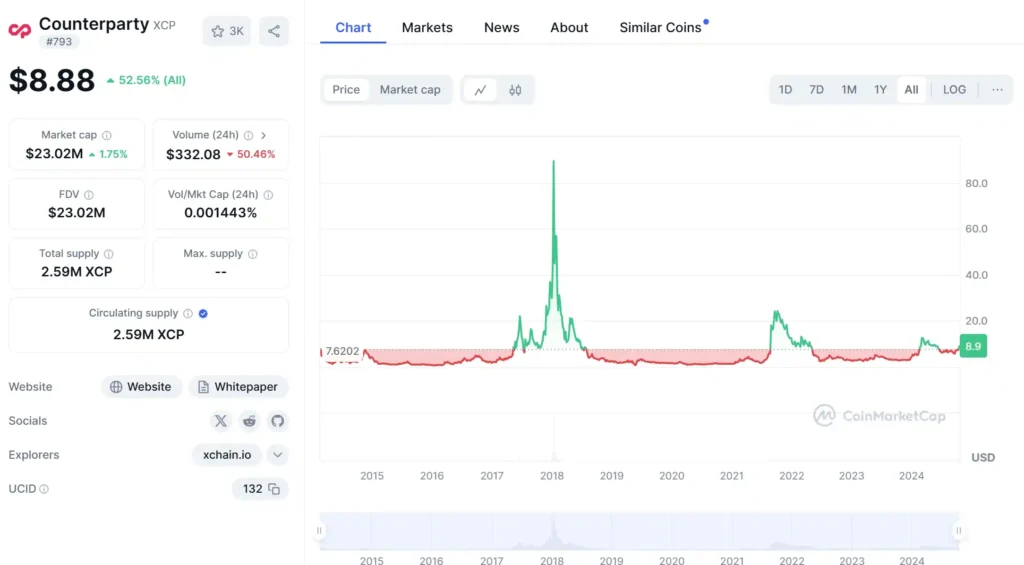
The price action of the XCP token shows significant volatility, with a notable spike in 2018 reaching highs of over $80, followed by a sharp decline. More recently, in 2024, the price has stabilized around $8.88, reflecting a steady recovery in the market.
Trading Tokens on the Decentralized Exchange
Once you’ve created your token, you can trade it on Counterparty’s Decentralized Exchange (DEX) or, if you can convince them, even on centralized exchanges.
Here’s how it works:
- You can trade your token against XCP or other tokens directly on the DEX.
- The DEX allows for peer-to-peer trading without intermediaries, ensuring more security and control.
This was one of the early features that made token creation on Counterparty attractive, especially before decentralized exchanges became a common feature in the crypto world.
Other Features of Counterparty Tokens
Besides creating and trading tokens, Counterparty offers some other great features:
- Voting: You can create tokens for voting purposes, and let users cast their votes transparently on the blockchain.
- Dividend Distribution: Token creators can distribute dividends to all token holders with one simple transaction.
- Smart Contracts: Counterparty supports basic smart contracts, which lets you program your tokens to behave in specific ways.
- Multi-Signature Support: Want to increase the security of your assets? You can set up multi-signature wallets, so more than one person needs to approve transactions.
These features add even more value to token creation on Counterparty, making it a powerful tool for managing digital assets.
Historical Importance of Counterparty
Counterparty was one of the first platforms to allow token creation on Bitcoin, which was a big deal back in 2014. At that time, Ethereum and its ERC-20 tokens weren’t widely known, so Counterparty helped shape the early days of tokenization.
Today, Ethereum has taken the lead with its ERC-20 and ERC-721 token standards, but Counterparty still holds an important place in blockchain history.
Conclusion: Why Token Creation on Counterparty Still Matters
Although Ethereum and its ERC-20 and ERC-721 tokens have largely taken over the market, Counterparty remains a great option for creating tokens directly on the Bitcoin blockchain. It’s a unique, secure, and decentralized way to manage assets without needing a separate platform.
For Bitcoin enthusiasts, token creation on Counterparty offers a way to leverage the security and decentralization of Bitcoin while creating functional digital assets.
Frequently Asked Questions (FAQs)
Creating a Named Asset costs 0.5 XCP. Numeric Assets are free, but you still need a small amount of BTC for transaction fees.
Counterparty tokens can be traded on the Counterparty decentralized exchange (DEX), but they may not be compatible with other platforms.
Named Assets have custom names (like “MYSOUL”) and require XCP to create. Numeric Assets are free and are identified by a unique number.
Counterparty isn’t as popular as it was in 2014, especially with Ethereum leading token creation. However, it’s still used by people who prefer Bitcoin’s blockchain.
XCP is the native currency of Counterparty, used for creating Named Assets and powering other features like voting and dividend distribution.

